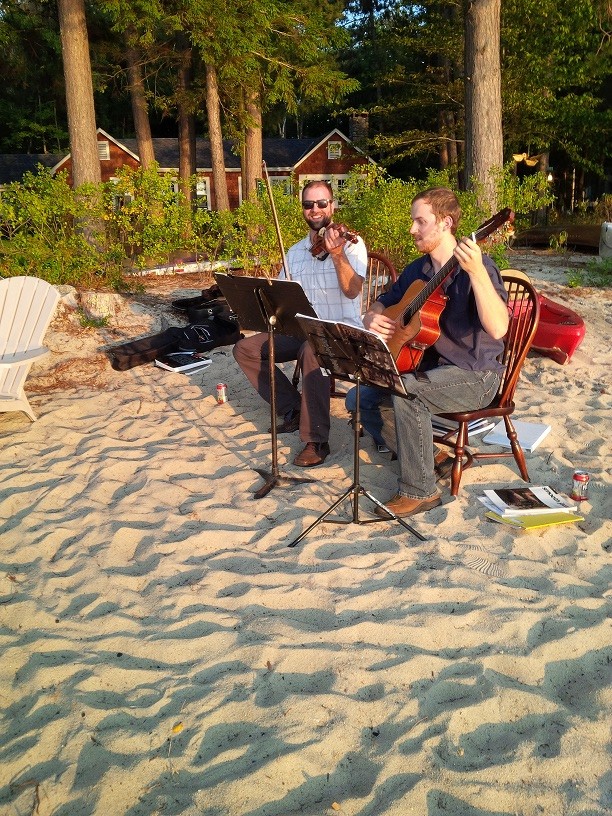How to practice
This is something that will definitely be different for every person and I’m sure it will evolve for me throughout my life. But here is a nice listicle for you:
- Have a list! I don’t care if it’s a mental list, physical list, iPhone list etc… But have one! I personally like physical lists because I can cross off things. My process is sitting down once a week on Sunday night and planning my weekly goals in music. Example weekly List: Finish learning Jesu Joy of Man’s desiring on guitar, practice Bill Withers cover several times, practice at least 1 vocal exercise a day, learn a new guitar technique….and the list could vary in size. Next have a daily list. I usually make this right before I practice and it takes around 5 minutes to think about what would help work towards my weekly list. Example daily list: Practice measures 20-25 of Jesu, work on “I know I know” part of Ain’t no sunshine, look up claw hammer guitar videos etc… Monthly goals can be good, but I find my self too overwhelmed with goals like ” learn 20 new songs this month or “get better at guitar” which could totally work for some people. But I find weekly goals enough.
- My personal favorite amount of time for a practice session is 30-60 minutes. But I usually have 2 or more of those per day. And I break up those times into different musical segments. I’ll do 30 minutes of guitar (fingerstyle, classical, scales), 15 minutes vocal work/songs and maybe 15 minutes with a new instrument or watching other artists. Many times people think they are being “unproductive” by watching youtube videos. But if planned into the music process, I find myself being able to look up great videos of players I admire (concerts, interviews, demos etc). This always leaves room for some inspiration/improvisation work.
- Always have space in your practice session for “whatever” time or “creative” time. Just sit down and write a melody, song, or make interesting sounds on your instrument. I love watching Jack White make the most unusual sounds on his guitar, or watching someone like Bobby Mcferrin do some amazing vocal improvisations. And once I finish watching those videos I try and mimic or create my own sounds.
- Take breaks, some musicians think it’s necessary to practice 3-4 hours a day (sometimes straight through). But I would argue that when planning a practice session, taking breaks and staying consistent is better than muscling out a 3 hour practice session. This is similar to cramming late at night for an exam the next day. A good indication that you need a break is if you get stuck in a piece and feel yourself getting frustrated. At this point stretch, go on a walk or do some deep breathing. All these things usually help me regain focus.
- Don’t play through the same piece of music the same way a million times. Once you have learned a piece of music close to the original way, try and mixing it up. Maybe that means putting the song to a swing beat, or if it is a swing beat, doing it straight. Or maybe that means increasing or decreasing the tempo or volume. Be creative, try new things.
- Use a metronome or practice with recorded songs. For the first 5 years of learning my instrument I was never told to practice with a metronome. But towards the end of college and in the past 2 years I have added a metronome to my practice sessions. I try to practice with a metronome at least once a week, if not once a day. Try practicing scales, or a song at a certain metronome tempo, then mess around with increasing and decreasing tempo.
